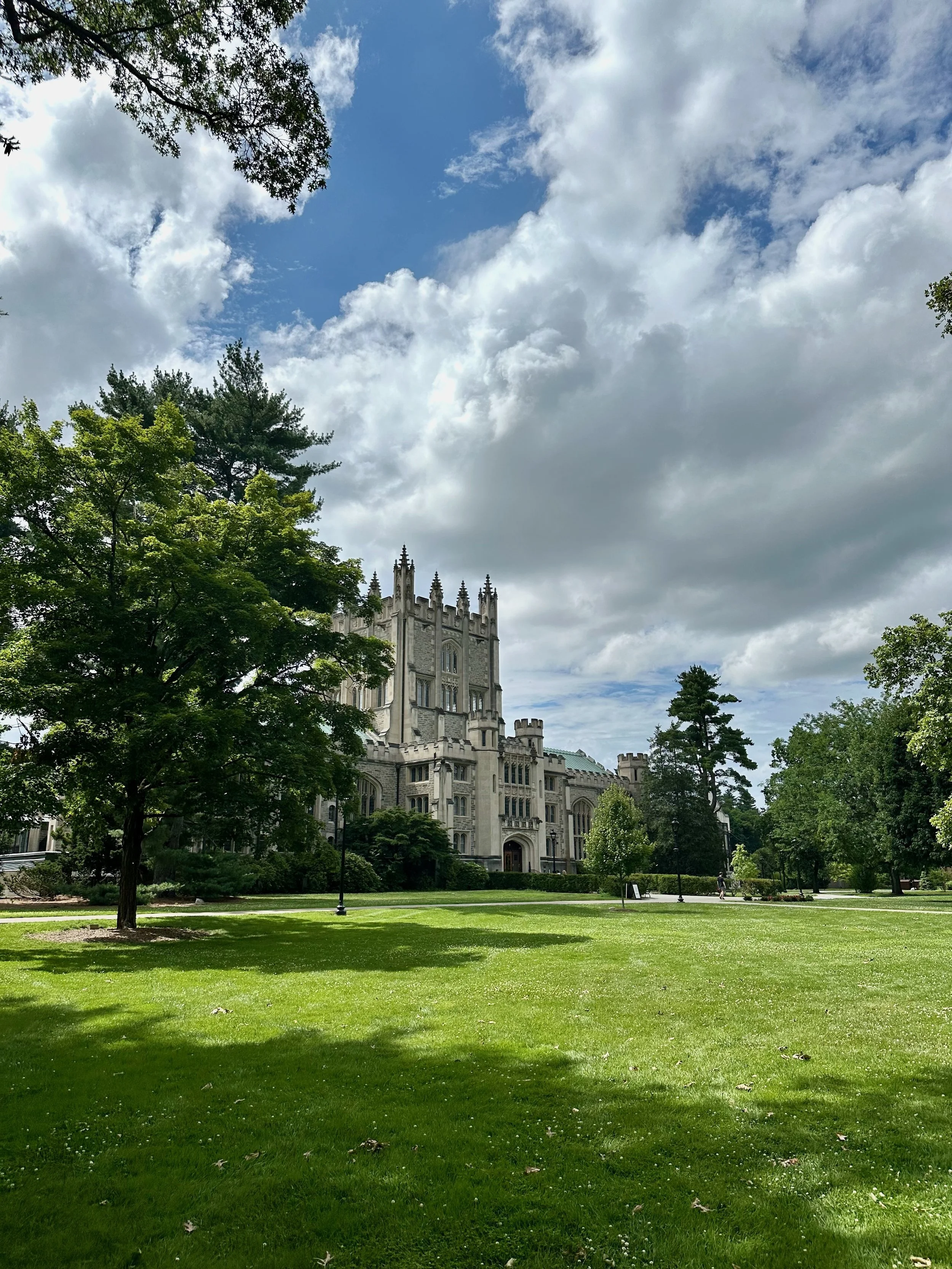The College Sage recently visited the Twin Cities and toured three popular colleges – St. Olaf College, Carleton College, and University of Minnesota. All three schools are known for their strong academics and include many liberal arts programs. Differences arise in size, campus setting, academic calendar, and more. Which is right for you? In summary:
- Choose St. Olaf if you value strong sense of community, are musically inclined, or want a faith-informed education
- Choose Carleton if you love discussion-based learning and thrive in a close-knit environment
- Choose University of Minnesota if you’re looking for a large, diverse campus with D-1 sports, access to research opportunities, and city life.
























